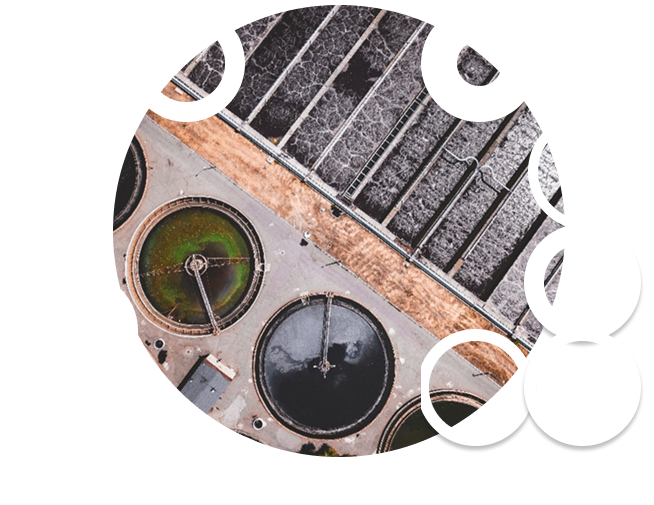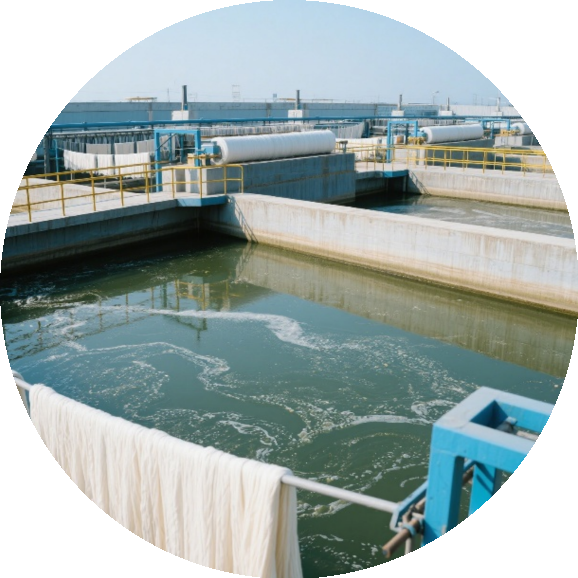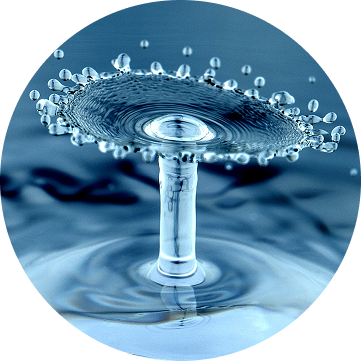Textile Water Treatment Project in Zhaoqing



The highly polluting characteristics of textile dyeing and printing wastewater have long drawn attention from the environmental protection industry. During the production process of converting textile raw materials into finished textiles, over 8,000 types of environmentally harmful chemicals are generated. Textile dyeing and printing wastewater exhibits the following characteristics:Large water volume: The dyeing and printing process produces substantial wastewater, primarily due to the high water consumption in cleaning and rinsing procedures.High organic pollutant content: The wastewater contains organic pollutants such as dyes, sizing agents, auxiliaries, oil agents, acids/bases, fiber impurities, sand-like substances, and inorganic salts, resulting in extremely high concentrations of organic matter.High chromaticity: Due to the large amount of dyes in the wastewater, it exhibits a deep color, which adds extra difficulty to wastewater treatment.High alkalinity: The textile dyeing and printing process uses a large amount of alkaline substances, making the wastewater typically alkaline.Wide pH variation: Due to the presence of various chemical substances in the wastewater, its pH value may fluctuate significantly.Drastic water quality changes: Each process in textile dyeing and printing may generate wastewater with different properties, and the mixing of these wastewaters can lead to drastic changes in water quality.Under such complex water quality conditions, the anti-fouling and cleaning-resistant properties of ultrafiltration membranes for reclaimed water are extremely high.
Adoption of TIPS Anti-Fouling Ultrafiltration Membrane AFP-H8075
The selected AFP-H8075 ultrafiltration membrane has demonstrated excellent performance in completely removing suspended solids and turbidity, as well as achieving high-level removal of chemical oxygen demand (COD).
One of the key factors in deciding to adopt the AFP-H8075 ultrafiltration membrane technology is that the industrial wastewater after biochemical treatment is reused through an advanced treatment process. Given the significant volatility of the water source, a broad capacity to withstand water quality shocks is required to ensure stable system operation.
The advanced treatment process for dyeing and printing wastewater generally includes an ozone contact oxidation tank, sand filtration tank, and post-ozone contact oxidation tank. The goal is to decompose long-chain organic matter in the water into short-chain organic matter for removal. When organic matter is intercepted on the membrane surface and causes fouling, a concentrated oxidizing agent is required for cleaning to restore flux. The cleaning-resistant and flux-recovery performance of these membranes ensures that fouled membranes can be thoroughly cleaned and restored, guaranteeing stable water production during operation.
High water temperature is also a typical characteristic of dyeing wastewater reuse, especially during summer operations when the water temperature can reach up to 45°C. Conventional ultrafiltration membranes have a maximum temperature resistance of 40°C—excessive temperatures can cause membrane surface collapse and module damage. This membrane uses customized temperature-resistant membrane filaments and adhesives to ensure safe and reliable operation at high summer temperatures.


The project has a scale of 36,000 tons/day for centralized treatment of dyeing wastewater. It can operate stably for a long time in the face of large water source fluctuations and high water temperatures in summer. It has been running continuously for more than 3 years, with a chemical cleaning cycle of once every 3 months. The water quality meets the subsequent RO influent requirements, and the water volume attenuation rate is <2.5%, which has won the recognition of customers.